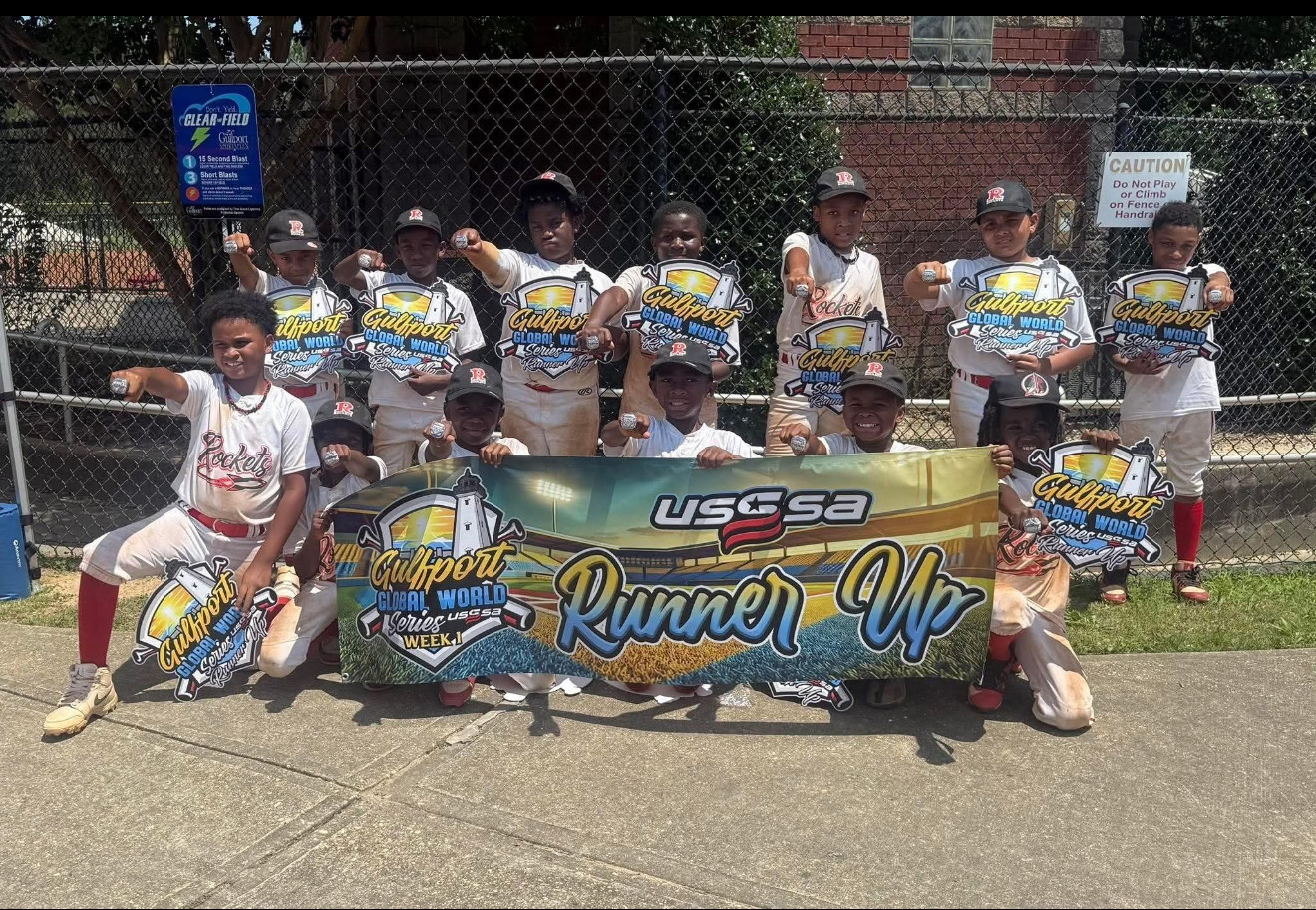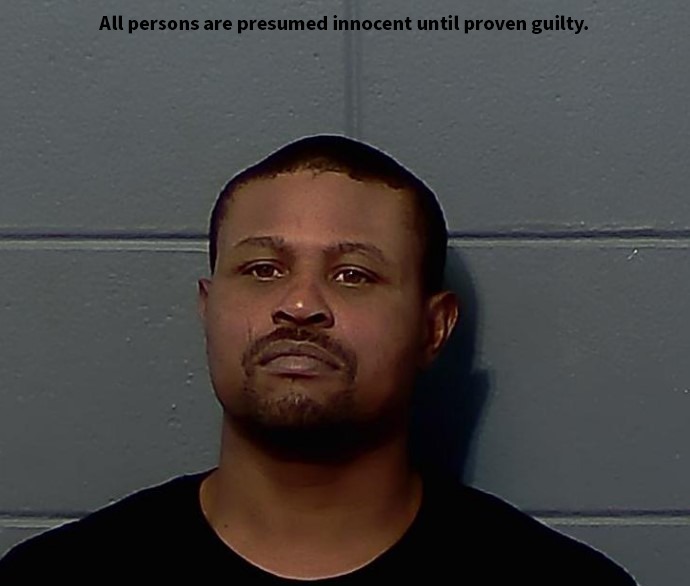Trapping alligators for a hobby
Published 12:00 am Saturday, June 16, 2001
REBECCA CARRASCO
PHOTO: Richard Roussel IV, a nuisance alligator trapper for the Louisiana Wildlife and Fisheries Department, shows off an alligator he trapped during Tropical Storm Allison. (Staff Photo by Rebecca Carrasco) Though his livelihood at present is running a seafood market, what Richard Roussel IV really enjoys is his hobby – licensed alligator trapper. For the past three years, he has worked without pay for the Louisiana Wildlife and Fisheries Department and with the St. John and St. James Sheriff’s Departments to catch nuisance alligators. The recent weather has brought out quite a few gators. “Right now, the reason why I am so busy with alligators is the amount of rainfall we have been having lately,” Roussel explained. “The alligators move wherever there is water.” Alligators will hide out in various and unusual places. “Because we have been in a drought for the last couple of years,” Roussel said, “alligators will hole up in culverts and stay there. But with this amount of rainfall we have been seeing recently, the culverts fill up, and the alligators come out for air. You will find them in people’s yards, by their houses, up in their garages, and underneath people’s cars, – they will go just about anywhere.” Homeowners spot the alligator and they can call either Louisiana Wildlife and Fisheries or the St. John or St. James Parish Sheriff’s Departments and the agencies send Roussel out. “I cannot just go out and catch alligators,” he said. “It has to have a legitimate call to back it up. It has to have the Sheriff’s department or the Wildlife and Fisheries and then that agency will give my phone number out to the homeowners.” Alligators are not an aggressive species, Roussel said, unless you taunt them or corner them. “If you leave them alone they will leave you alone. Alligators are territorial and they wil mainly stay in the swamp. They rarely come out in the open, except maybe sometimes to block roads. Most of the time, if you catch a big alligator in the neighborhood, he was chased out by another one that was bigger than he was, or he was looking for a mate.” Louisiana Wildlife and Fisheries started this gator-nabbing program a few years ago. “Every alligator is reported and accounted for by Louisiana Wildlife and Fisheries,” Roussel explained. “Most of my alligators are either nuisances or tagged alligators. Tagged alligators are alligators that have been taken out of the swamp as eggs and hatched in a hatchery.” Alligators have a better chance coming from a hatchery, according to Roussel, because they are not released until they are at least four feet long. “At four feet he has a better chance at survival than hatching from an egg at six inches. In captivity alligators grow faster because they are fed daily. In the wild, an alligator only has to eat once a year to survive. They are both predators and scavengers – they will eat just about anything.” Ninety percent of the alligators Roussel catches are tagged. “At present the alligators I catch go back out into the wild, unless they are too big and then they are harvested. That means killed,” he conceded. “But nothing is wasted, the hides are sold and the meat is given away to who ever wants it. Trapping alligators is a form of wildlife conservation. You are harvesting an amount of the alligators for things such as boots, belts, and wallets, but you are also putting them back into the wild where they have a better survival rate.” Alligators are found, according to Roussel, only in the southern region of the United States, especially southeastern Texas, southeastern Louisiana, Mississippi, and into Florida. “It is only a small area of the United States,” he added, “so that is why every alligator is tagged and accounted for. It is still a very protected species.” Life outside the swamp is inhospitable, and most stray alligators are lucky to meet up with Roussel, who learned gator catching as a child from his father, Richard Roussel III. Now he shares trapping duties with Gasper Brazan on the west bank. “I take care of St. John and St. James Parishes on the east bank,” he concluded. “If I can’t get to a call in time, then they’ll call him to this side of the river, and if they can’t get in touch with him, I’ll work that side.” There are enough gators to go around.




